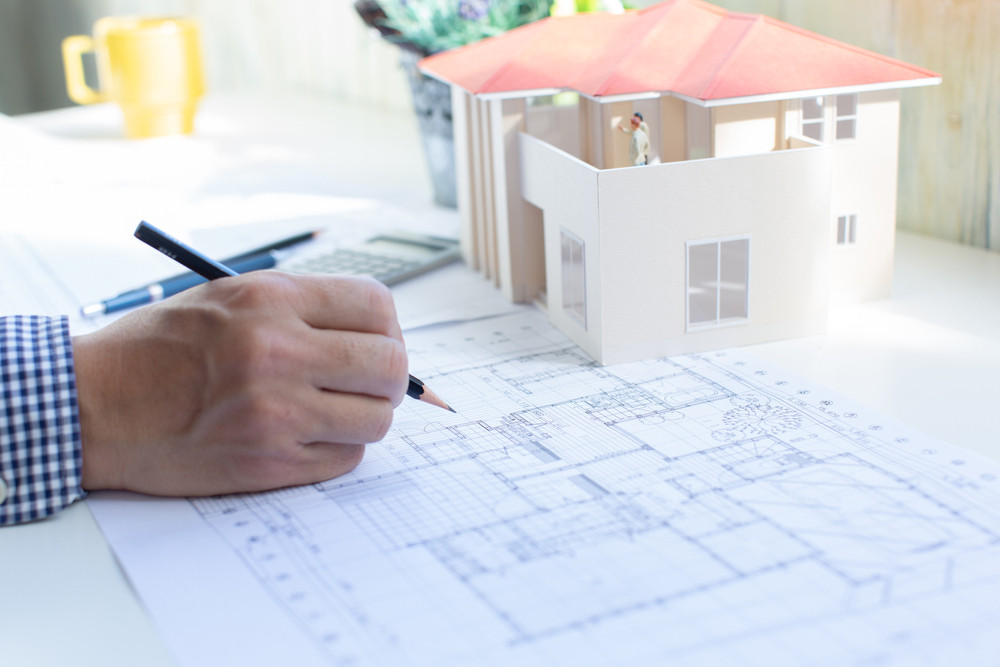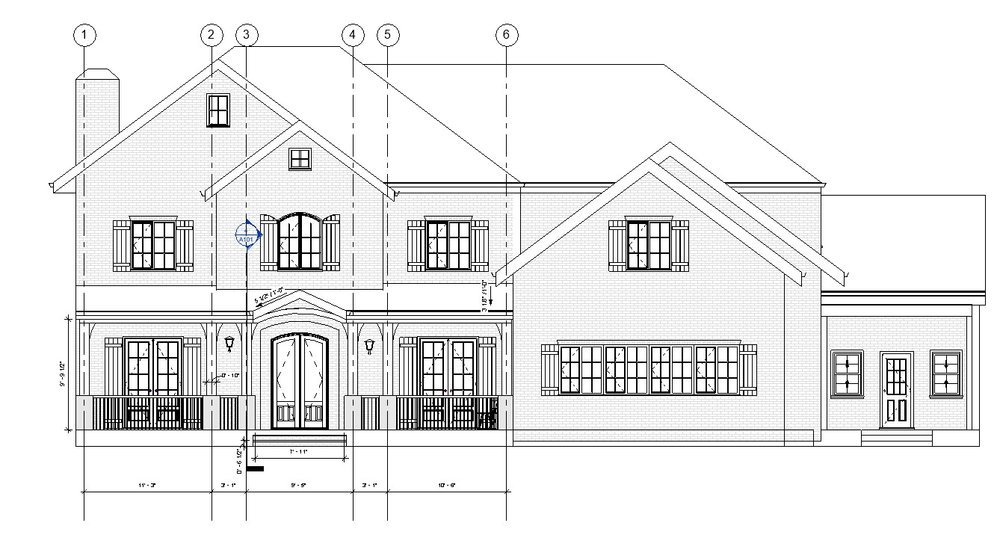Just How CDA Architects Deliver Cutting-Edge Solutions for Lasting Style
Just How CDA Architects Deliver Cutting-Edge Solutions for Lasting Style
Blog Article
An Extensive Overview of Building Styles and Their Impact on Modern City Preparation and Growth
Building styles have actually long offered as a mirror to the societal worths and technological advancements of their time, playing a critical function in forming contemporary city preparation and development. From the majesty of Neoclassicism to the utilitarian strategy of Brutalism, each style has actually introduced one-of-a-kind ideas that influence urban appearances and capability.
Historical Introduction of Architectural Designs
Throughout background, architectural styles have actually evolved in action to social, technological, and ecological variables. Each period mirrors the dominating values, ideas, and innovations of its time, causing an abundant tapestry of layout that represents human creative thinking and adaptation. The old worlds, such as the Egyptians and Greeks, developed fundamental designs that stressed balance and percentage, offering both functional and aesthetic objectives.
As cultures transitioned through the Middle Ages, Gothic style emerged, defined by its verticality and complex describing, mirroring the spiritual goals of the age. The Renaissance noted a rebirth of timeless ideals, merging art and design in cutting-edge manner ins which affected subsequent styles across Europe.
The Industrial Transformation presented brand-new products and construction techniques, prompting motions like Modernism, which challenged standard kinds and welcomed simpleness and functionality. The 20th century saw a diversity of designs, with Postmodernism responding versus the stark minimalism of its predecessor, including historical references and diverse components.
Today, building designs proceed to develop, driven by globalization and sustainability worries, showing a dynamic interplay between heritage and development. This historical summary underscores the importance of design as a mirror of societal evolution and as a stimulant for city growth.
Secret Architectural Styles Explained
The diversity of architectural designs mirrors the myriad impacts that shape our built environment, each embodying distinctive attributes and cultural relevances. Secret architectural designs include Classical, Gothic, Baroque, Innovation, and Postmodernism, each standing for distinct historical contexts and visual ideologies.
Timeless design, rooted in old Greece and Rome, highlights proportion, proportion, and making use of columns. In comparison, Gothic design, prospering in the center Ages, is identified by pointed arcs, ribbed vaults, and flying buttresses, producing an angelic top quality in basilicas. Baroque architecture, emerging in the 17th century, is noted by splendour, intricate ornamentation, and a vibrant interaction of light and shadow.

Understanding these styles supplies understanding into the social narratives and technological developments of their particular periods, highlighting exactly how design serves not equally as a shelter, yet as a representation of societal worths and desires.
Effect On Urban Planning
Fit the growth of cities, building styles dramatically influence metropolitan planning decisions. The choice of building style typically determines the aesthetics, functionality, and overall personality of metropolitan atmospheres. For example, innovation, with its emphasis on minimalism and performance, urges open areas and the integration of technology, forming city designs that focus on effectiveness check these guys out and ease of access. Alternatively, conventional designs may stress historical conservation, resulting in city styles that maintain social heritage and advertise pedestrian-friendly settings.
In addition, architectural styles can affect zoning laws and land use policies. Urban organizers must take into consideration the dominating architectural patterns when creating areas, guaranteeing that brand-new growths harmonize with existing frameworks. This consideration fosters cohesive metropolitan landscapes and boosts community identity.
The application of certain building designs can also influence socioeconomic variables within a city. High-end contemporary designs may attract affluent citizens and companies, leading to gentrification, while more economical real estate remedies could focus on functional and lasting designs to accommodate diverse populations. Inevitably, the interaction between architectural styles and city planning produces dynamic cities that mirror both historical context and modern demands, forming the lived experiences of their residents.
Sustainability and Modern Style
Building styles play a crucial role in addressing read what he said modern obstacles, specifically in the world of sustainability. As metropolitan locations expand and environmental problems escalate, modern-day architecture increasingly embraces lasting layout concepts that focus on energy effectiveness, source conservation, and marginal eco-friendly impact.
Contemporary architectural motions, such as biophilic design and green design, supporter for frameworks that balance with their environments, using natural products and advertising biodiversity - cda architects. These designs typically incorporate renewable power resources, such as solar panels and wind generators, to decrease reliance on nonrenewable fuel sources and reduced carbon impacts
Furthermore, the integration of advanced modern technologies, such as wise building systems, improves power monitoring, maximizing resource usage while making sure passenger comfort. Ingenious water management techniques, consisting of rainwater harvesting and greywater recycling, additional add to sustainable city atmospheres.
Especially, sustainability prolongs beyond ecological issues; it includes social and economic measurements. By promoting area well-being and promoting inclusivity, modern-day building styles align with sustainable development objectives. Subsequently, the development of building methods remains to form resistant cities that not only fulfill the requirements of today but also guard the future for generations ahead.
Community Engagement in Layout
Community involvement in style acts as an essential bridge in between architects and the populations they serve, guaranteeing that the constructed atmosphere reflects site link the needs and aspirations of its users. This joint procedure welcomes neighborhood members to add their insights and choices, cultivating a feeling of ownership and duty towards the rooms they occupy.
Reliable area interaction utilizes different techniques, such as workshops, surveys, and public discussion forums, to gather diverse point of views (cda architects). These techniques facilitate a two-way dialogue, enabling designers to comprehend regional contexts while equipping homeowners to voice their worries and desires. This inclusivity not just boosts the design top quality yet likewise promotes social equity by addressing the special challenges dealt with by marginalized teams

Final Thought
Architectural designs have actually profoundly affected modern city preparation and growth, mirroring evolving social and technological contexts. The assimilation of historical visual appeals with modern needs promotes urban settings that prioritize sustainability and neighborhood interaction. As cities remain to expand and adjust, the recurring discussion between architectural heritage and contemporary layout principles will certainly continue to be essential in creating comprehensive, vibrant spaces that boost lifestyle and promote social equity. The future of metropolitan growth joints on this unified balance.
Report this page